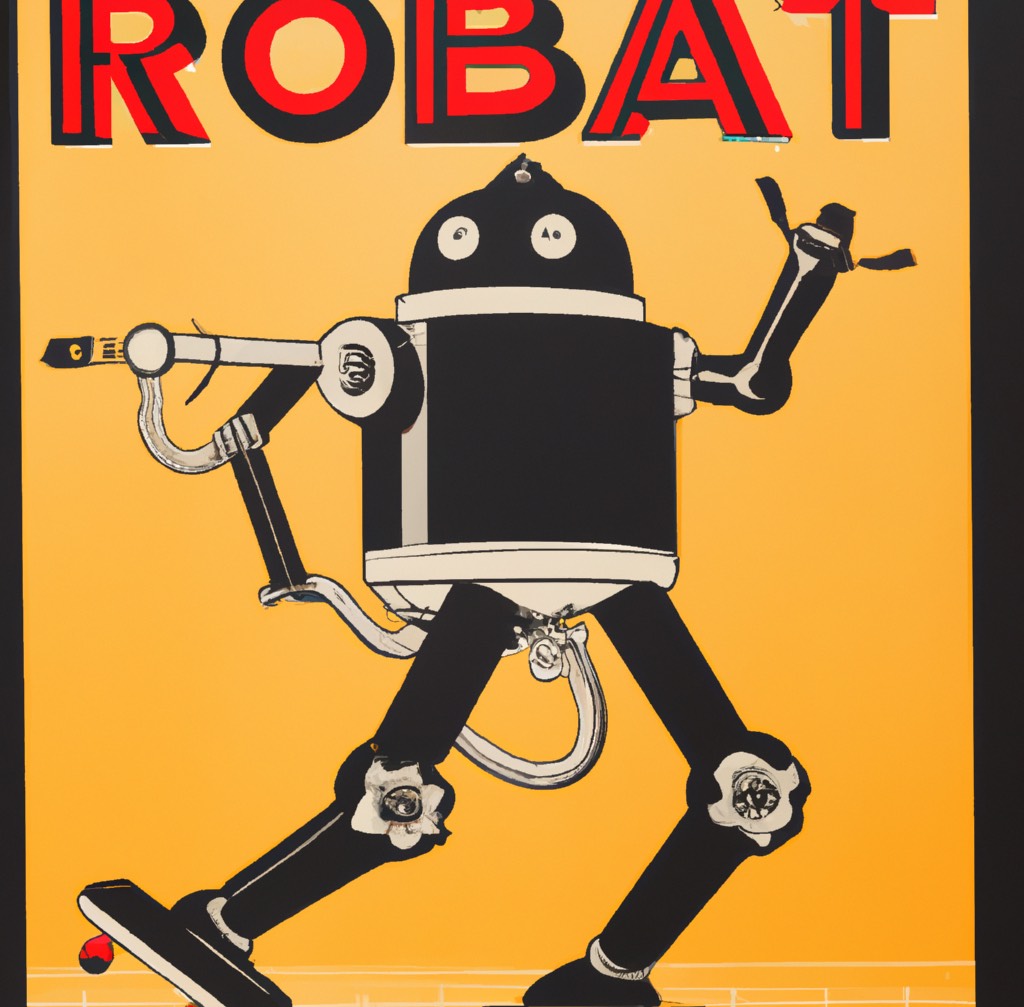There are many AI chatbots available, with different features and capabilities. Some of the best AI chatbots include:
- OpenAI’s GPT-3 and GPT-4 are among the most advanced language models developed by OpenAI. They can understand and generate human-like text responses, making it ideal for various applications, including chatbots, content generation, and more.
- Rasa: Rasa is an open-source chatbot development platform that allows you to build contextual AI assistants using natural language understanding (NLU) and dialogue management. Rasa’s customizable approach enables developers to create chatbots tailored to their specific needs.
- Google Dialogflow: Dialogflow is a natural language understanding (NLU) platform by Google that enables developers to design and integrate chatbots into websites, mobile apps, and messaging platforms. Dialogflow supports multiple languages and offers pre-built agents for common use cases.
- IBM Watson Assistant: Watson Assistant is IBM’s AI chatbot platform that uses machine learning and natural language understanding to deliver a conversational experience. It supports integration with various channels and allows developers to create customized solutions.
- Microsoft Bot Framework: Microsoft’s Bot Framework is a comprehensive offering for building, testing, and deploying chatbots. It includes an SDK, tools, and services that support multiple programming languages and platforms. The framework integrates with Microsoft’s natural language understanding service, LUIS (Language Understanding Intelligent Service).
- Amazon Lex: Amazon Lex is a conversational interface development service that uses the same deep learning technologies as Amazon Alexa. It supports building chatbots with automatic speech recognition (ASR) and natural language understanding (NLU) capabilities. Lex integrates seamlessly with other AWS services.
- Wit.ai: Wit.ai is an open-source NLU platform by Facebook that enables developers to create chatbots by defining intents, entities, and context. It supports various languages and integrates with popular messaging platforms.
These chatbot platforms and models have their strengths and weaknesses, depending on the specific use case and requirements. When choosing a chatbot solution, consider factors such as ease of use, customizability, integration options, support for multiple languages, and pricing. These offerings are increasingly being used across a wide range of industries, to aide employees in their jobs and such as OpenOrg.ai help with employee sentiment and management decision making.
